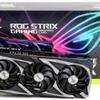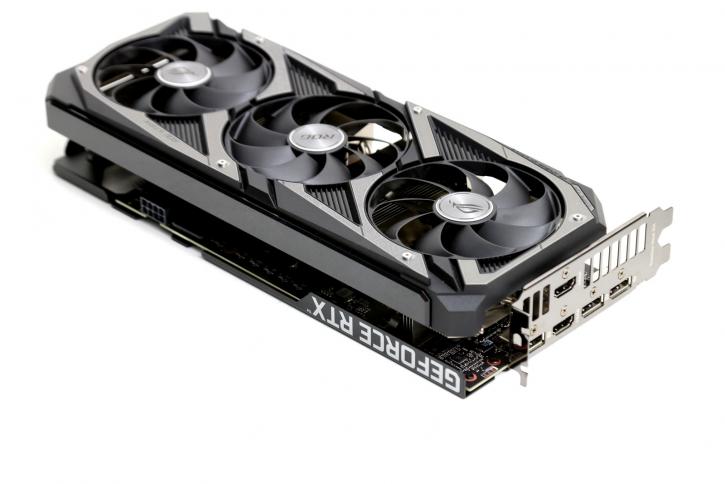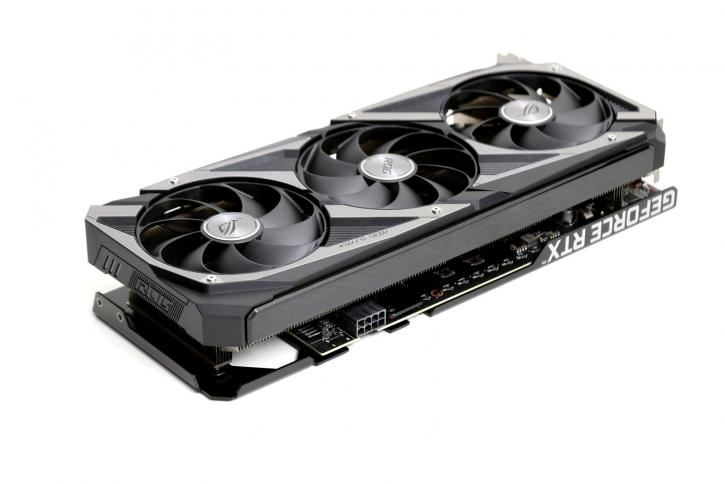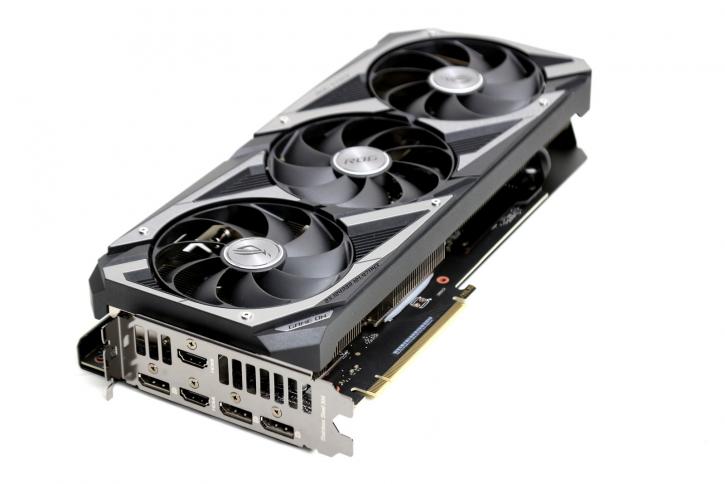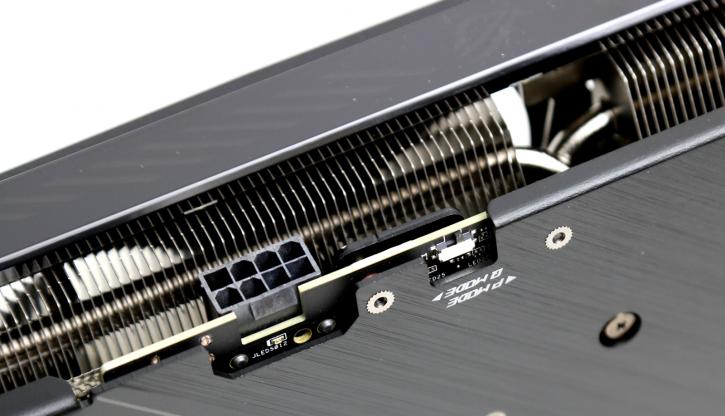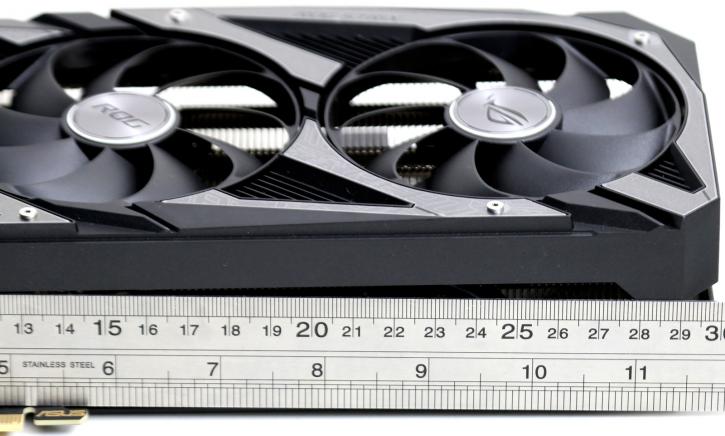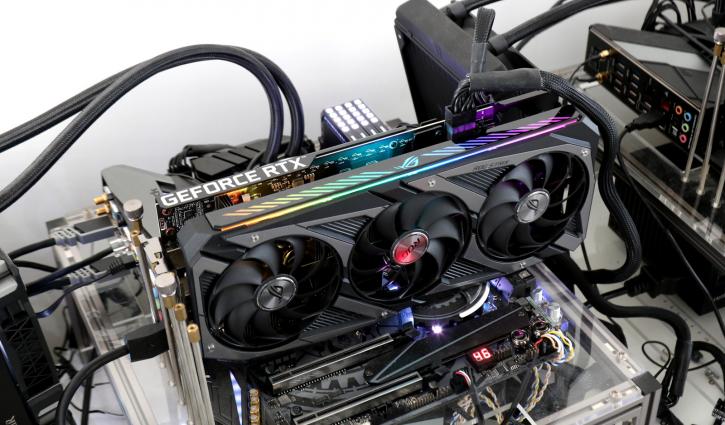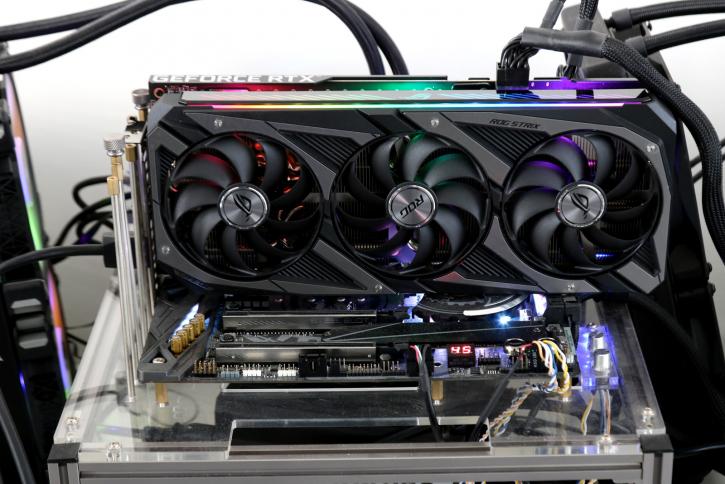Product Photos
Product Photos
The Ampere series will replace the Turing lineup, which will fade out of the market as these cards sit right on top of their prices yet are much faster.
- The reference 3060 cards have a peak boost clock up-to 1.78 GHz, with the base clock hovering in the 1.32GHz domain.
- The reference 3060 Ti cards have a peak boost clock up-to 1.66 GHz, with the base clock hovering in the 1.41 GHz domain.
- The reference 3070 cards have a peak boost clock up-to 1.73 GHz, with the base clock hovering in the 1.50 GHz domain.
- The reference 3080 cards have a peak boost clock up-to 1.71 GHz, with the base clock hovering in the 1.44 GHz domain.
- The reference 3090 cards have a peak boost clock up-to 1.70 GHz, with the base clock hovering in the 1.40 GHz domain.
The card clocks in at a boost frequency of 1882 MHz. These are out-of-the-box configured clock frequencies. As mentioned, it weighs just over one and a half kg and is wide ... 2.9 slots wide, its length is almost 30cm. If you do NOT purchase the OC model, that value is reference 1.78 GHz, other than that it's all the same stuff really. These are out-of-the-box configured clock frequencies. Due to the cooling design, please be aware that the product oozes a substantial amount of warm air; you'll need a well-ventilated PC with a properly located intake (front) and vent (rear/top).
That BIOS switch will offer you Perf and Silent mode; game performance-wise, the two are similar as only the FAN RPM is the differential, the temp difference is just a few degrees, but the difference in acoustics ginormous, so toggle the card to Silent mode and be done with it as you will not even hear the card setup like that. We'll show and measure it all up in the pages to follow.
